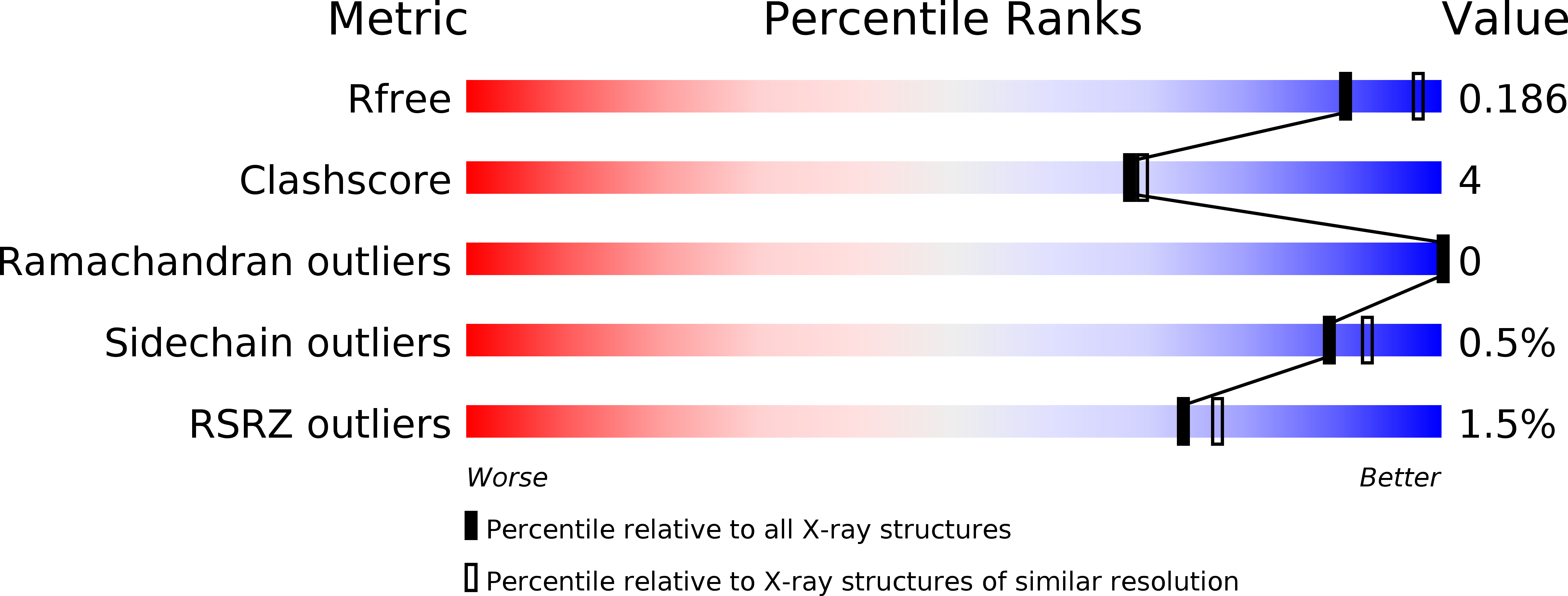
Deposition Date
2011-04-07
Release Date
2011-06-15
Last Version Date
2023-09-13
Entry Detail
PDB ID:
3RFV
Keywords:
Title:
Crystal structure of Uronate dehydrogenase from Agrobacterium tumefaciens complexed with NADH and product
Biological Source:
Source Organism:
Agrobacterium tumefaciens (Taxon ID: 176299)
Host Organism:
Method Details:
Experimental Method:
Resolution:
2.10 Å
R-Value Free:
0.18
R-Value Work:
0.15
R-Value Observed:
0.15
Space Group:
P 62 2 2


